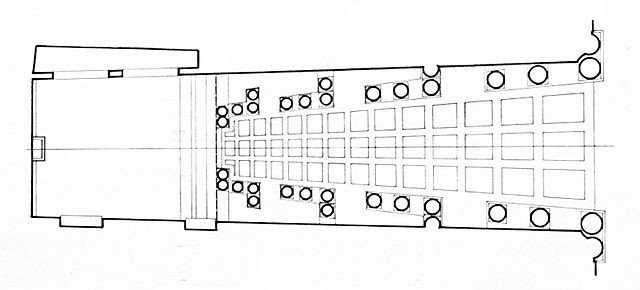Elisabeth Mann Borgese taught her dog to type. In her book The Language Barrier she explains that her English setter, Arli, developed a vocabulary of 60 words and 17 letters, though “He isn’t an especially bright dog.” “[Arli] could write under dictation short words, three-letter words, four-letter words, two-letter words: ‘good dog; go; bad.’ And he would type it out. There were more letters but I never got him to use more than 17.”
She began in October 1962 by training all four of her dogs to distinguish 18 designs printed on saucers; Arli showed the most promise, so she focused on him. By January 1963 he could count to 4 and distinguish CAT from DOG. Eventually she gave him a modified typewriter with enlarged keys, which she taught him to nose mechanically by rewarding him with hamburger. “No meaning at all was associated with the words,” she writes, though he did seem to associate meaning with words that excited him. “When asked, ‘Arli, where do you want to go?’ he will unfailingly write CAR, except that his excitement is such that the ‘dance’ around the word becomes a real ‘stammering’ on the typewriter. ACCACCAAARR he will write. GGOGO CAARR.”
(And it’s always tempting to discover meaning where there is none. Once while suffering intestinal problems after a long flight Arli ignored his work when she tried to get him to type GOOD DOG GET BONE, and then he stretched, yawned, and typed A BAD A BAD DOOG. This was probably just a familiar phrase that he’d chosen at random; Borgese estimated its likelihood at 1 in 12.)
Arli did earn at least one human fan — at one point Borgese showed his output to a “well-known critic of modern poetry,” who responded, “I think he has a definite affinity with the ‘concretist’ groups in Brazil, Scotland, and Germany [and an unnamed young American poet] who is also writing poetry of this type at present.”






